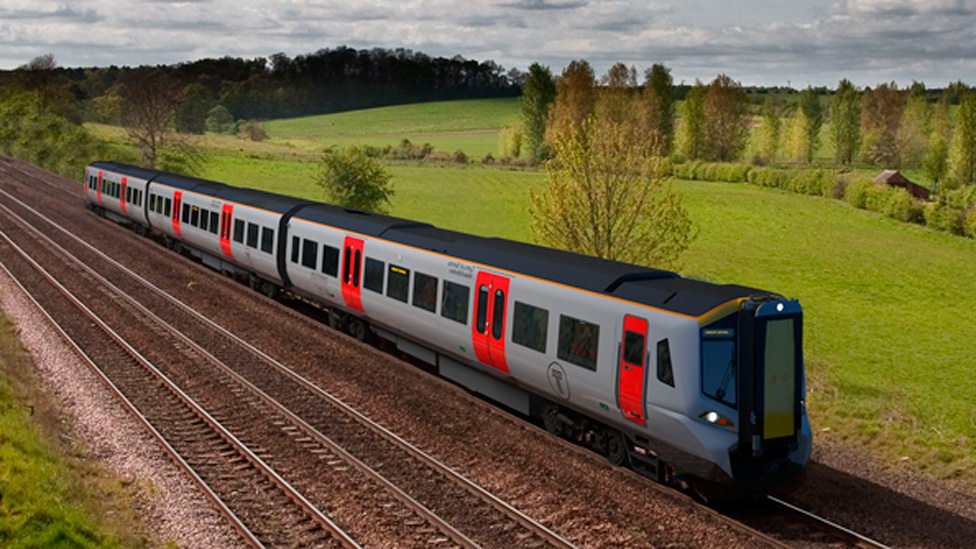
A quick way toĪssess whether there are missing or NA values in the data is to use In these cases the data should be excluded. Point location does not fit within the extent of the availableĬovariates. In the target variable and of the covariates. Often it is handy to check to see whether there are missing values both 4.9.3, 15 August 2016, # Path to PROJ.4 shared files: (autodetected) # Linking to sp version: 1.3-2 library ( sp ) # point data data ( HV_subsoilpH ) # Start afresh round pH data to 2 decimal places HV_subsoilpH $ pH60_100cm <- round ( HV_subsoilpH $ pH60_100cm, 2 ) # remove already intersected data HV_subsoilpH <- HV_subsoilpH # add an id column HV_subsoilpH $ id <- seq ( 1, nrow ( HV_subsoilpH ), by = 1 ) # re-arrange order of columns HV_subsoilpH <- HV_subsoilpH # Change names of coordinate columns names ( HV_subsoilpH ) <- c ( "x", "y" ) # grids (covariate raster) data ( hunterCovariates_sub )īack to top Perform the covariate intersectionĬoordinates ( HV_subsoilpH ) <- ~ x + y # extract DSM_data <- extract ( hunterCovariates_sub, HV_subsoilpH, sp = 1, method = "simple" ) DSM_data <- as.ame ( DSM_data ) str ( DSM_data ) # 'ame': 506 obs. Library ( ithir ) library ( raster ) # Loading required package: sp library ( rgdal ) # rgdal: version: 1.4-8, (SVN revision 845) # Geospatial Data Abstraction Library extensions to R successfully loaded # Loaded GDAL runtime: GDAL 2.2.3, released 0 # Path to GDAL shared files: /usr/share/gdal/2.2 # GDAL binary built with GEOS: TRUE # Loaded PROJ.4 runtime: Rel. Intersect the data with the available covariates. We will concentrate on modelling and mapping the soil pH for theĦ0-100cm depth interval. For the succession of models examined in these various pages, HV_subsoilpH and hunterCovariates_sub objects from the ithir

That we were working with the soil point data and environmentalĬovariates for the Hunter Valley area. Recall from before in the data preparatory exercises Standardize common tasks (such parameter tuning and variable Interface to the various functions themselves, as well as a way to The process for creating predictive models. REgression Training) is a set of functions that attempt to streamline Website indicates, the caret package (short for Classification And In terms of efficiency and streamlining the workflow for fitting modelsĪnd optimising some of those parameter variables.

This is where the caret R package comes into its own Used often without considering alternatives.

Many possible model structures to use, it is often difficult to make aĬhoice what to use, and just default with a model we know well or have Used for model training are chosen without any sort of optimisation,Įven due consideration sometimes. Sometimes for the various hyper-parameters that are

Each also has their own specific parameterisations and As was observed from previous examples,Įach of the models used have their relative advantages andĭisadvantages. It becomes quickly apparent that there are many variants of predictionįunctions that could be used for DSM.


 0 kommentar(er)
0 kommentar(er)
